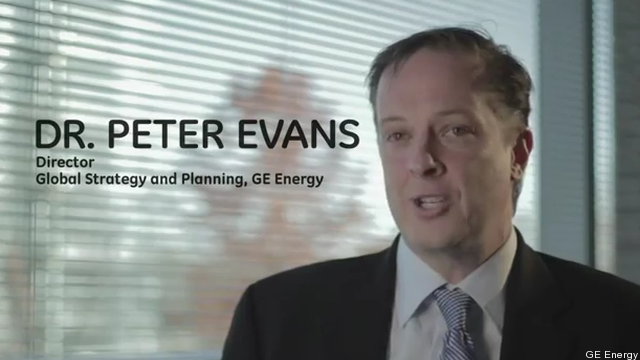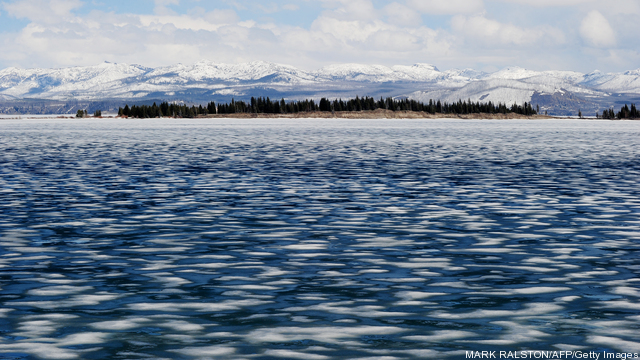
Bill Magwood, the man at the center of an effort to overthrow the chairman of the Nuclear Regulatory Commission and his most likely successor if the move is successful, served as a consultant for Tepco, the Japanese company that owns the Fukushima nuclear power plant, according to information provided by Magwood as part of his nomination and confirmation process, which was obtained by The Huffington Post.
On Friday, Rep. Darrell Issa (R-Calif.) released a letter signed by Magwood and three other commissioners attacking the panel’s chairman, Gregory Jaczko, setting off a firestorm in the energy industry. Issa and the four commissioners framed the dispute as personal and managerial, but emails released by Rep. Ed Markey (D-Mass.) show a political and ideological battle underway over post-Fukushima safety standards. Keep reading →








